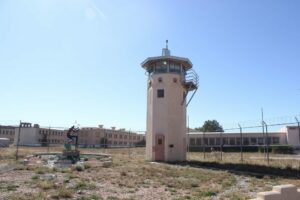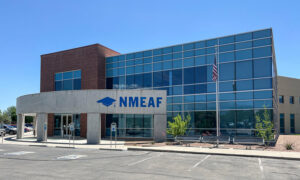
We work with organizations to evaluate the performance of their portfolio of assets and determine the best approach towards reducing operational costs and leveraging untapped resources.Yearout Energy has relationships with many financial institutions, lenders, and advisors to help provide insight as to how these projects can be funded. Many organizations choose performance contracting in order to improve their facilities, infrastructure, and equipment without needing the upfront capital expenditure.
PROJECT FUNDING
MECHANISMS
Energy Savings Performance Contracting (ESPC)
Since the 1980s, Energy Savings Performance Contracting (ESPC) has been one of the most widespread methods of implementing energy efficiency, renewable energy, and resource conservation measures. All 50 States and the Federal Government have enabling legislation that supports the EPC method for implementing essential projects as it not only conserves taxpayer money but amplifies its impact.
Through the ESPC approach, the building owner partners with an Energy Services Company (ESCO) to scope, develop, and implement a bundle of improvement measures across one or more facilities. The ESCO provides an upfront assessment to determine which improvements are viable and cost-effective, including the identification of available incentives or rebates. The savings created by the implemented measures are guaranteed by the ESCO to the building owner and used to fund the improvements themselves over some term (Typically 10 to 20 years). If actual savings are less than the guarantee, the ESCO must pay the difference to the building owner. Such a guarantee provides increased confidence to the owner and helps attract external financing by lowering the overall risk of default on the project.
While most ESPCs are backed by financing, organizations can choose to leverage existing budgets by paying for a portion of or the total the cost of the installation with available capital.
Commercial Property Assessed Clean Energy (C-PACE)
An innovative financing structure which allows building owners to implement energy upgrades immediately and pay for them over time through a voluntary benefit assessment lien, levied and recorded against the benefiting property, to be repaid along with real property taxes. The financing arrangement then remains with the property even if it is sold, facilitating long-term investments in building performance. This approach enables building owners to reduce operating costs, establish predictable energy costs, and allow for the organization to focus on its core business. For properties with a mortgage, lender consent is usually required before C-PACE can proceed, which is often difficult and time-consuming to obtain.
Power Purchase Agreement (PPA)
An off-balance sheet option that typically applies only to renewable energy projects. A third party installs, owns, and operates the renewable energy equipment on the customer’s property. The customer agrees to purchase the power generated at a predefined rate ($/kWh) that can be either fixed or escalate annually over the PPA term. At the end of the PPA term, the agreement can expire (equipment is removed), be extended, or the customer can purchase the system at Fair Market Value (FMV).This approach allows the third party to monetize available tax incentives when the customer cannot. There is typically no upfront or ongoing operations and maintenance costs to the customer during the PPA term.
Energy as a Service (EaaS)
An off-balance sheet approach where the EaaS provider installs, owns, and operates the energy efficiency and renewable energy improvements. The building owner pays the EaaS provider as savings are realized over some term. This approach allows for a variety of measures to be implemented with no immediate up-front cost. EaaS represents part of a larger shift across the industry away from customer equipment ownership and toward an “as a service” model, where the building owner does not own the efficiency equipment but instead pays for energy savings or output like a service. Typical EaaS contract terms range from 10 to 20 years with periodic buy-out options.


























